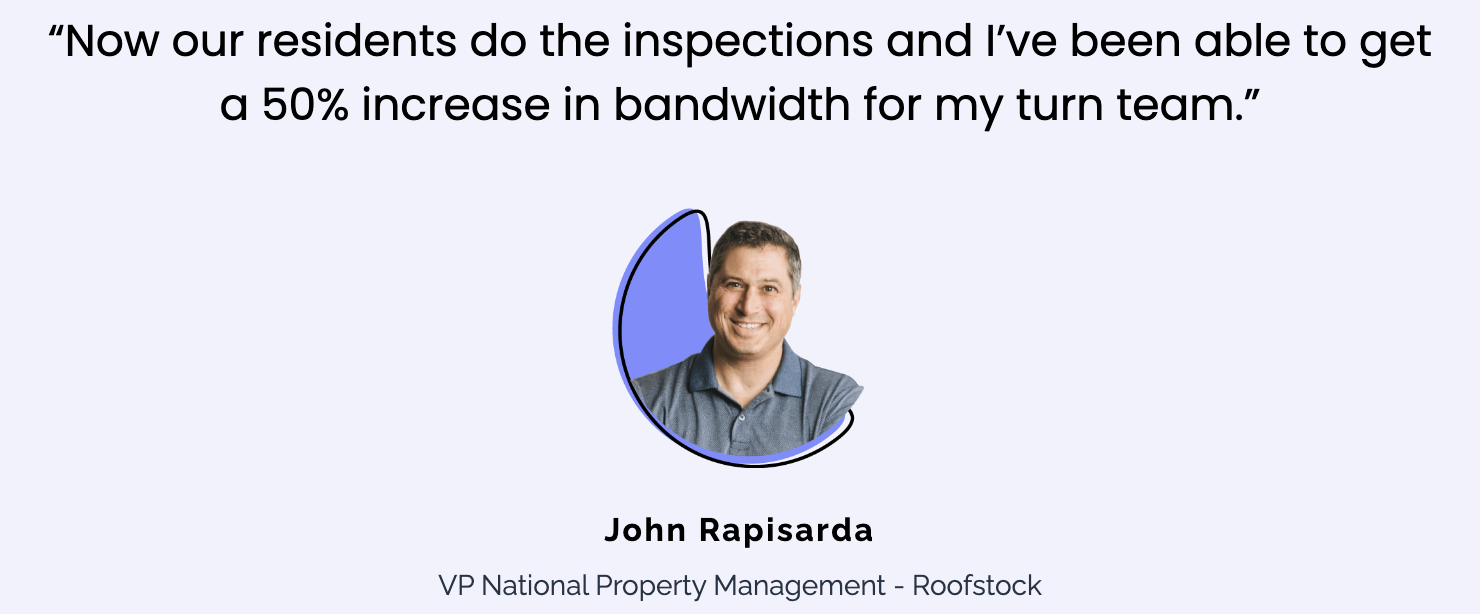10 Retail Predictions
1. Omni-Channel Plans Will Continue
Omni-channel stays the essential strategy for retailers going ahead, says Melina Cordero, international leader of a retail study using real estate services company CBRE. “However, what I think is fascinating about 2019 which is going to be a tiny bit different in the last two years is lots of that investment will come back to the shop,” she states.
Much of merchants’ emphasis continues to be on investment in e-commerce platforms and ensuring the logistics and distribution chains are set up, Cordero notes–and which will last.
“However, what retailers have recognized, especially within 2018, is how successful that the store is as a revenue vehicle and that is protecting profit margins,” she notes.
There has been a significant learning curve from the business, ” she adds, as retailers have recognized that consumers need e-commerce alternatives, but also the capacity to see physical shops. E-commerce has proven exceptionally pricey, ” she points out, and it has a great deal of retailers’ profit margins with free delivery and returns.
“What we saw coming from the end of 2018–and now I believe we are going to find far more in 2019–is much more plans like purchase online-ship-to-store, purchase online-pick up in shop –and actually encouraging the customer to return in the shop.”
That conserves the delivery costs for the merchant, but also, based on polls, the customer will invest more when they get in the shop.
2. Physical Store Resurgance
“Retail bricks-and-mortar is really going to start to develop its own from what I predict,” states Gerald S. Divaris, chairman/CEO of property broker company Divaris Real Estate Inc., located in Virginia Beach, Va..
There has been stress on the part of conventional retailers which online retail will “really negatively affect their company,” Divaris notes.
“However, the fact of the matter is, retail is a vehicle of communicating manufactured products the customers want through different channels of distribution,” he says. Online is 1 station and brick-and-mortar is just another. Catalogs and direct earnings are different stations. Retailers that can exploit all those many channels of supply successfully are those which will win out at the conclusion, Divaris states.
“Those merchants who have not been able to exploit this notion –that the faltering Sears and Toys’R’ Us of this planet –are very likely to disappear within the next 12 to 24 weeks. We’ll see that a strengthening of those retailers as well as the removal of those who are weak”
3. Bankruptcies Will Slow Down
“I believe we are through the worst of it but there’ll always be bankruptcies–even in good times,” Cordero says. Retail is a cyclical business. The question isn’t if a retailer will go bankrupt, but when they will go bankrupt. You have to be smart to succeed in retail.
4. The Big Challenges will be Structural
“In the evaluations perspective at the way we look at retail, and the structural modifications, they will continue to control any type of positive, cyclical momentum,” states Robert Schulz, managing director and U.S. retail industry lead at S&P Global Ratings. “Quite simply, department stores will still wrestle with right-sizing of footprints, and Amazon and other internet operators may continue to take share in the bricks-and-mortar guys which don’t have a workable online performance.”
Even when the customer feels great right now, and there is a much better holiday sales period than anticipated, the “structural modifications” will continue to trump any advantage we receive from the market, Schulz notes. And that is going to continue to play outside in 2019.
“If the market does begin to slow down, we can observe that at 2019–retail will probably be in the sharp end of the pole concerning bearing the brunt of any pullback from the customers,” he states.
Many retailers are fighting in a fantastic market, and as soon as the cycle turns, Schulz claims retail will probably face even more challenges.
5. Consumer Preferences Will Change More Rapidly
Consumers are buying more clothing online as well as changing from spending apparel to entertainment, restaurants, travel and attractiveness, states Steve Jellinek, vice president in Morningstar Credit prices.
“These changing consumer tastes strain mall operators since they confront high re-tenanting expenses and trouble finding replacement renters, especially in poorer markets,” Jellinek notes.
“The potency of local markets and much more varied experiential and entertainment offerings like Legoland Discovery Centers, KidZania actions centres, and bowling alleys, will drive earnings at better-located properties backed by advanced operators with deep pockets which could shoulder the burden of higher vacancy rates,” he states. “By comparison, people who have inadequate capital investment in poorer markets are enduring.”
Jellinek adds that since some conventional retailers are climbing –believe department shop closures–many others offering a more private experience, in addition to discount retailers such as TJ Maxx and Dollar General, are enlarging.
“It was revealed by continual inherent increase in reported net working and occupancy rates because 2011, together with NOI growth netting annual profits and average occupancy rates for major cities and land subtypes exceeding 90 percent,” he states.
6. Online Retailers Invest in Real Estate
Digitally indigenous manufacturers are enlarging by integrating wholesale plans and physical shops, states Anjee Solanki, national manager of U.S. retail providers at property services firm Colliers International.
“Brands for example Everlane and Bonobos are satisfying retail deductions in shopping malls and locating their stores in closeness to their customer –thanks to their customer information,” Solanki states.
“Additionally, landlords are enthused about simplifying the renter mix and therefore are embracing these brands by providing short-term rentals with expansion options, remodeling allowances and other incentives to make sure their existence.”
The listing of brands seeking to execute a physical shop presence is increasing, because they see a chance to boost their clientele while raising their earnings, she adds.
7. Revamp of the Toy Market
“The toy market is a $4 billion industry, and also the passing of Toys’R’ Us, there is a void and merchants such as Amazon, Target and Walmart watch the chance and are competing for its market share,” Solanki states.
Additionally, iconic toy retailer FAO Schwarz will make stores-within-stores in addition to explore stalls in airport terminals–a theory Amazon is also looking to different kinds of merchandise, Solanki notes.
8. Advantages in Big-Box Vacancies
“Class-A retail exemptions are extremely low, as well as increasing rates of interest and the market probably slowing 2019, you’ll finally find greater property leasing opportunities for federal tenants within another few years,” states Ben Terry, vice president of retail broker at the Coreland Cos., located in Tustin, Calif..
Additionally, it may be fascinating to see how programmers reposition Sears boxes around the nation, Terry adds.
“In big suburban and urban markets in which prime property is difficult to find, you may observe theses boxes be ripped down and see that a combo of multifamily and lifestyle retail stores focused on food, support, health and amusement applications,” Terry says.
Cordero considers there’ll be refurbishment and redevelopment of retail facilities, particularly with Sears’ shops closures and possible liquidation.
“It opens up a great deal of landlords’ plans which they have been putting into position to redevelop possessions and take their possessions in to 2019 and outside,” she notes. But, it is going to return to landlords’ ability and willingness to fund redevelopment projects.
The huge REITs have the capability to spend, however if they do not have the openness, that is a issue, she says.
“When you have got the bigger players, personal owners who know they will need to reinvest but can not, that is a issue,” Cordero adds.
9. Retailers Reduce Physical Footprint
“We are seeing IKEA, as an instance, starting to consider smaller shops. You are watching different retailers follow in their footsteps,” Divaris states.
He counsels business insiders to see supermarket shops also reduce square footage, especially if they are currently utilizing delivery as a way of moving smaller and less glamorous goods such as sugar, pet foods as well as bread.
He says. “They are not hot rather than something which you have to visit the supermarket to purchase. You simply order it and have it sent to your property.”
10. The Grocery Sector Rapidly Change
Amazon’s purchase of Whole Foods in 2017 proceeds to provoke changes in the supermarket industry.
“When we discuss omni-channel and e-commerce, we actually feel that grocery will find some huge shifts a year ago,” Cordero says.
The supermarket company was slow to get on the internet for many reasons, ” she notes: Consumers are accustomed to going into the supermarket. Grocers themselves have not pushed to put everything on the web, since the distribution chains and logistics for supermarket are extremely costly, and it is such a low-margin small business.
But, experimentation is still underway, Cordero notes.
“There’ve been a good deal of investments over 2018 around the part of large grocers, and also the advent of new-entrance, fresh technologies players, plus a great deal more automation, we all believe we are likely to see a change in 2019 where customers will have more comfortable ordering groceries online–and also have more choices –and grocers will be pushing that too,” Cordero says.




















